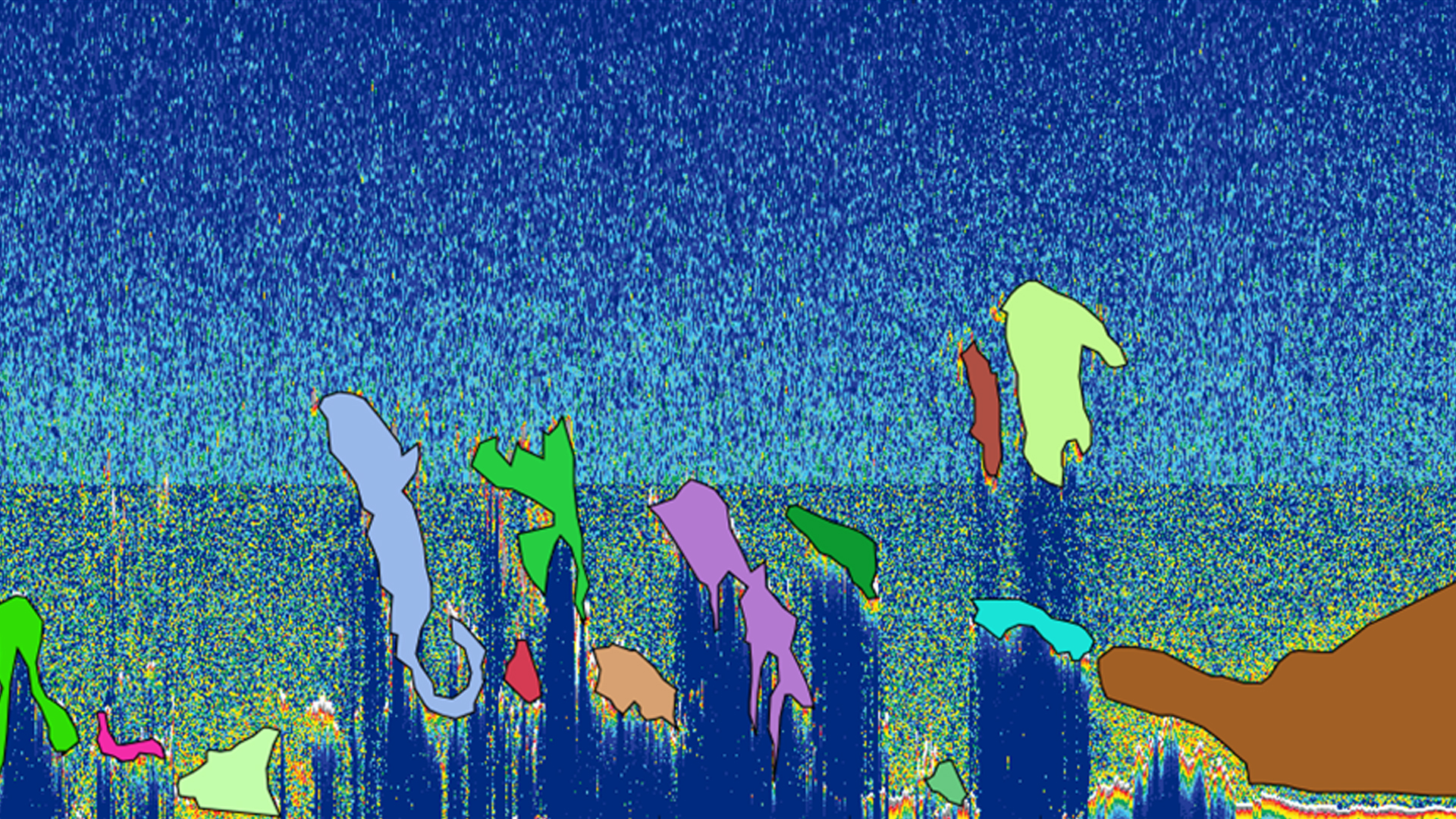CALIPSO Cross-Cutting

Enhancing the Usability of Visualization of CALIPSO (VOCAL) Through a Test-Case-Driven Approach
The relationship that exists between cloud nuclei and aerosols plays a vital role in earth's climate system. For the purposes of detection, the Cloud-Aerosol Light Detection and Ranging (LiDAR) and Infrared Pathfinder Satellite Observations (CALIPSO) satellite offers scientists the ability to better understand the relationship between clouds, aerosols, and climate by measuring the backscatter created by embedded atmospheric aerosols. The standard visualizer for CALIPSO satellite data is limited in its extensibility by the proprietary programming language in which it is written. Hence, development of a new, enhanced visualizer, Visualization of CALIPSO (VOCAL), has been in development by NASA DEVELOP teams since spring 2015. Written in Python, VOCAL displays CALIPSO curtain Hierarchical Data Format (HDF) files for both backscattered and depolarized Level 1, Version 3 data. In addition, the user can draw polygons overlaying the displayed data, to mark potential regions-of-interest. Subsequently, these regions can be tagged with attributes and notes. VOCAL can export to a database or to JavaScript Object Notation (JSON) files any shapes that the user may want to save. This term, the CALIPSO Cross-Cutting team added support for the newest CALIPSO data product (Version 4), alternative viewing options for the data in VOCAL, as well as a suite of use-cases for the software.
- Location
- NASA Langley Research Center
- Term
- Summer 2016
- Partner(s)
- CALIPSO Science Team
- NASA Earth Observations
- CALIPSO, CALIOP
- Team
- Kathleen Moore (Project Co-Lead)
Ahmad Aburizaiza (Project Co-Lead)
Andrea Martinez
Adama Ba
Joseph Driscoll - Advisor(s)
- Dr. Kenton Ross (NASA DEVELOP National Program)
Grant Mercer (University of Nevada, Las Vegas)
Project Video